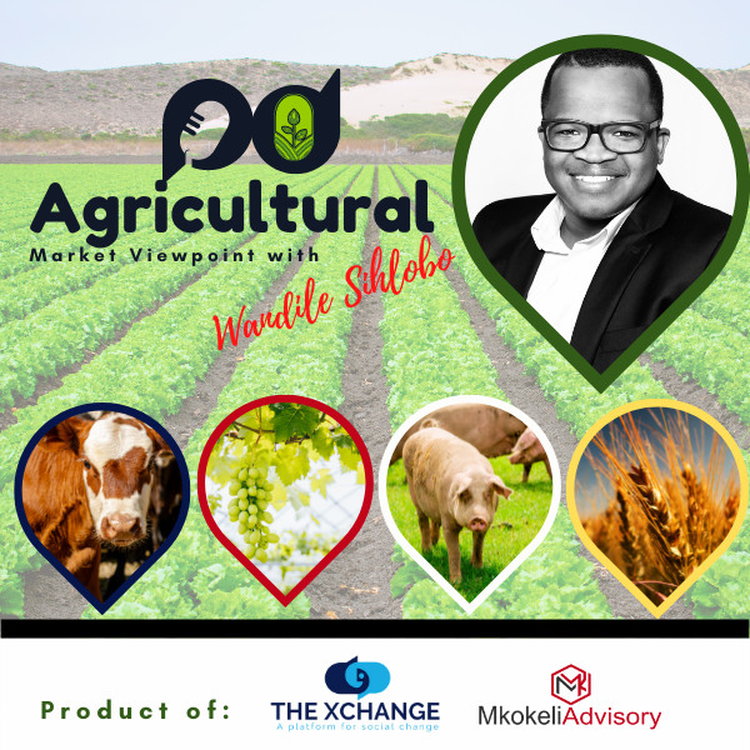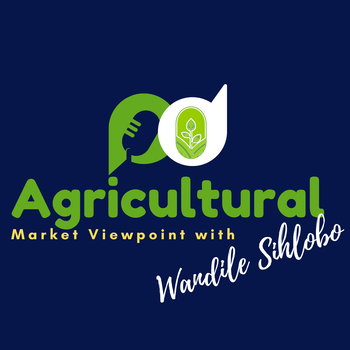
Risks to feed prices for the SA livestock and poultry industry
Loading player...
The livestock and poultry industry has had a difficult last few years. Various external shocks including animal diseases and rising input costs – yellow maize and soybean prices – made for a challenging operating environment for many farmers and agribusinesses. While the spread of diseases may be slowing, and organized agriculture and government continued to collaborate to address biosecurity risks, concerns about renewed increases in animal feed prices persist. This is particularly the case in the El Niño period, which might result in a lower harvest compared to recent seasons of bumper crops.
The livestock and poultry sector hardly enjoyed the gains of a large domestic harvest of the past two seasons because this did not bring any meaningful reduction in feed prices. For example, since December 2020, yellow maize prices have broadly traded over R3 000 per tonne, while soybeans have generally been over R5000 per tonne. This has been a different experience compared with prior seasons, where a large harvest would have led to a substantial price decline to much lower levels than we observed in the past two years. The major reason for this were higher global maize and soybean prices on the back of drought in South America, rising demand in China, Covid-19-related supply chain disruptions and the Russia-Ukraine war. As a small open economy, South Africa is interlinked with the global grains and oilseeds market, and domestic prices tend to follow the global price movements, and this is what we observed.
With global maize and soybean prices declining notably since the start of the year, South Africa's maize and soybean prices have followed a similar trend and are roughly 15% lower than the levels we observed in 2022. This benefits the livestock and poultry industry, which is currently struggling with more domestic-related costs such as load shedding and failing municipalities where various businesses have had to use their resource to maintain basic services. This has added to their cost of doing business. In addition to mainly following global price trends, large grains and oilseed supplies are in the market, which adds downward pressure on animal feed prices. For example, the Crop Estimates Committee forecasts 2022/23 maize production at 16,35 million tonnes. This crop is 6% more than the 2021/22 season and the second-largest harvest on record. The 2022/23 soybeans harvest is forecast at a record estimate of 2,76 million tonnes (up 24% year-on-year).
Still, there are fears that harvest could decline notably as we transition into an El Niño weather phenomenon, which may result in below-average rainfall in Southern Africa. Such a scenario would increase maize and soybean prices and further strain the livestock and poultry sector. However, the expected El Niño weather phenomenon might not be as harsh as the 2015/16 season, where grains and oilseed harvest fell below long-term averages, necessitating imports.
We discuss more in this week's podcast segment.
My writing on agricultural economic matters is available on my blog: https://wandilesihlobo.com/
Podcast production by: Lwandiso Gwarubana, Richard Humphries, and Sam Mkokeli
The livestock and poultry sector hardly enjoyed the gains of a large domestic harvest of the past two seasons because this did not bring any meaningful reduction in feed prices. For example, since December 2020, yellow maize prices have broadly traded over R3 000 per tonne, while soybeans have generally been over R5000 per tonne. This has been a different experience compared with prior seasons, where a large harvest would have led to a substantial price decline to much lower levels than we observed in the past two years. The major reason for this were higher global maize and soybean prices on the back of drought in South America, rising demand in China, Covid-19-related supply chain disruptions and the Russia-Ukraine war. As a small open economy, South Africa is interlinked with the global grains and oilseeds market, and domestic prices tend to follow the global price movements, and this is what we observed.
With global maize and soybean prices declining notably since the start of the year, South Africa's maize and soybean prices have followed a similar trend and are roughly 15% lower than the levels we observed in 2022. This benefits the livestock and poultry industry, which is currently struggling with more domestic-related costs such as load shedding and failing municipalities where various businesses have had to use their resource to maintain basic services. This has added to their cost of doing business. In addition to mainly following global price trends, large grains and oilseed supplies are in the market, which adds downward pressure on animal feed prices. For example, the Crop Estimates Committee forecasts 2022/23 maize production at 16,35 million tonnes. This crop is 6% more than the 2021/22 season and the second-largest harvest on record. The 2022/23 soybeans harvest is forecast at a record estimate of 2,76 million tonnes (up 24% year-on-year).
Still, there are fears that harvest could decline notably as we transition into an El Niño weather phenomenon, which may result in below-average rainfall in Southern Africa. Such a scenario would increase maize and soybean prices and further strain the livestock and poultry sector. However, the expected El Niño weather phenomenon might not be as harsh as the 2015/16 season, where grains and oilseed harvest fell below long-term averages, necessitating imports.
We discuss more in this week's podcast segment.
My writing on agricultural economic matters is available on my blog: https://wandilesihlobo.com/
Podcast production by: Lwandiso Gwarubana, Richard Humphries, and Sam Mkokeli

